-
×
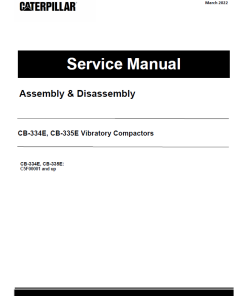 Caterpillar CAT CB-334E, CB-335E Vibratory Compactor Service Repair Manual (C5F00001 and up)
$50.00
Caterpillar CAT CB-334E, CB-335E Vibratory Compactor Service Repair Manual (C5F00001 and up)
$50.00 -
×
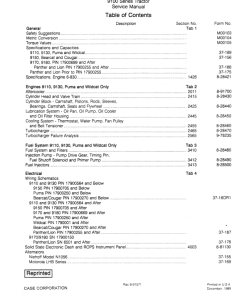 Case 9110, 9130, 9150, 9170, 9180 Tractor Service Manual
$34.00
Case 9110, 9130, 9150, 9170, 9180 Tractor Service Manual
$34.00 -
×
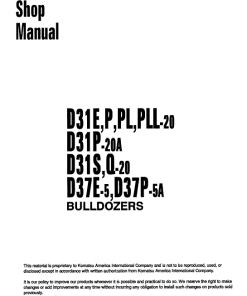 Komatsu D31E-20, D31P-20, D31PL-20, D31PLL-20 Dozer Manual
$34.00
Komatsu D31E-20, D31P-20, D31PL-20, D31PLL-20 Dozer Manual
$34.00 -
×
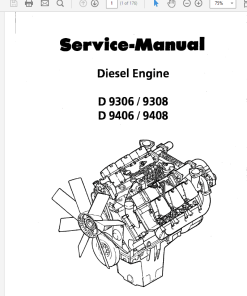 Liebherr Diesel Engine D9306 9308 9406 9408 Service Manual TM-1831 & TM-2224
$32.00
Liebherr Diesel Engine D9306 9308 9406 9408 Service Manual TM-1831 & TM-2224
$32.00 -
×
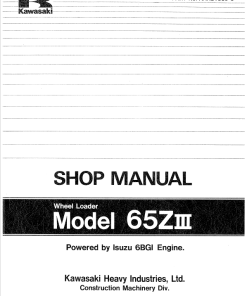 Kawasaki 65ZIII Wheel Loader Service Manual
$34.00
Kawasaki 65ZIII Wheel Loader Service Manual
$34.00 -
×
 Case 21E, 121E, 221E, 321E Series 3 Wheel Loaders Service Manual
$34.00
Case 21E, 121E, 221E, 321E Series 3 Wheel Loaders Service Manual
$34.00 -
×
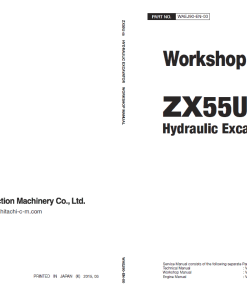 Hitachi ZX55U-5B Mini Excavator Service Repair Manual
$45.00
Hitachi ZX55U-5B Mini Excavator Service Repair Manual
$45.00 -
×
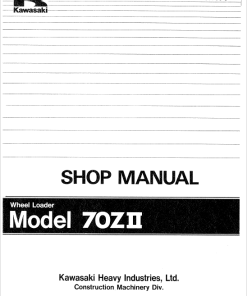 Kawasaki KSS70, 70ZII Wheel Loader Service Manual
$34.00
Kawasaki KSS70, 70ZII Wheel Loader Service Manual
$34.00 -
×
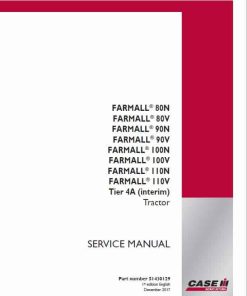 Case Farmall 80N, 90N, 100N, 110N Tractor Service Manual
$37.00
Case Farmall 80N, 90N, 100N, 110N Tractor Service Manual
$37.00 -
×
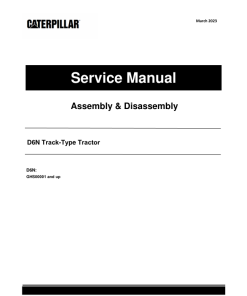 Caterpillar CAT D6N Track-Type Tractor Service Repair Manual (GHS00001 and up)
$70.00
Caterpillar CAT D6N Track-Type Tractor Service Repair Manual (GHS00001 and up)
$70.00 -
×
 New Holland E385B, E385BLC Excavator Service Manual
$34.00
New Holland E385B, E385BLC Excavator Service Manual
$34.00 -
×
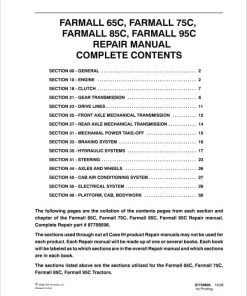 Case Farmall 65C, 75C, 85C, 95C Tractor Service Manual
$35.00
Case Farmall 65C, 75C, 85C, 95C Tractor Service Manual
$35.00 -
×
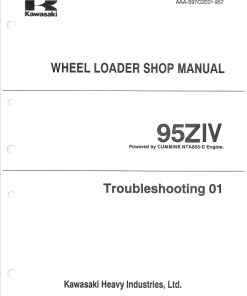 Kawasaki 95ZIV Wheel Loader Repair Service Manual
$34.00
Kawasaki 95ZIV Wheel Loader Repair Service Manual
$34.00 -
×
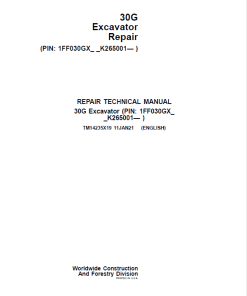 John Deere 30G Excavator Repair Technical Manual (SN. K265001-)
$59.00
John Deere 30G Excavator Repair Technical Manual (SN. K265001-)
$59.00 -
×
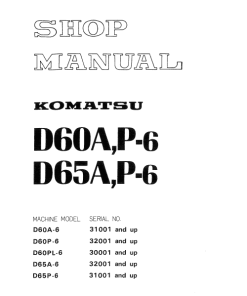 Komatsu D60A-6, D60P-6, D65A-6, D65P-6 Dozer Service Manual
$34.00
Komatsu D60A-6, D60P-6, D65A-6, D65P-6 Dozer Service Manual
$34.00
Radiator Assembly Guide
Product Overview
This guide provides comprehensive instructions for the disassembly, inspection, and repair of radiator assemblies. It includes detailed steps and considerations for ensuring optimal cooling system performance.
Contents
- Introduction
- Cooling System
- Electrical
- Engine
- Hydraulic Torque Converter
- Transmission
- Steering System
- Sprocket Drive
- Track and Track Frame Assembly
- Hydraulic
- Pumps
- Valves
- Cylinders
- Mounted Equipment
Radiator Disassembly Process
- Support the radiator in an upright position and remove the overflow tube.
- Disassemble the tie rods.
- Remove the mounting hardware from the top tank and detach the header bars.
- Remove the top tank and discard any gaskets. Turn the radiator over and support it on the core’s top flange.
- Remove the mounting hardware from the bottom tank and remove the header bars. Discard the gasket.
- Detach the mounting hardware that secures side channels to the spacer.
- Remove the mounting hardware securing the top and bottom core and detach the header bars.
- Remove the spacer and discard any gaskets present.
Inspection and Repair
- Flush the upper and lower tanks with water. Clean the cores with water under pressure, both internally and externally. Use steam cleaning if the core is greasy. Ensure all old gasket material is removed. Clean all remaining parts of the radiator.
- Inspect radiator tanks for cracks, and check the cores’ fins and tubes for damage. Use a rod to ensure tubes are clear and not restricted. Straighten any bent fins to prevent airflow restriction.
- Examine rubber bushings in side channels for damage and replace if needed. Rubber bushings can be removed using a slide hammer. Take care during reassembly to avoid damaging the core fins.
Usage Recommendations
- When removing rubber bushings, ensure that the puller rod does not contact the radiator core fins to prevent damage.
- Regular inspection and cleaning are essential to maintain the radiator’s efficiency and longevity.
- This guide should be followed carefully to ensure all parts are handled correctly during disassembly and reassembly processes.
Only logged in customers who have purchased this product may leave a review.
Related products
$34.00
$33.50
$33.50
$34.00

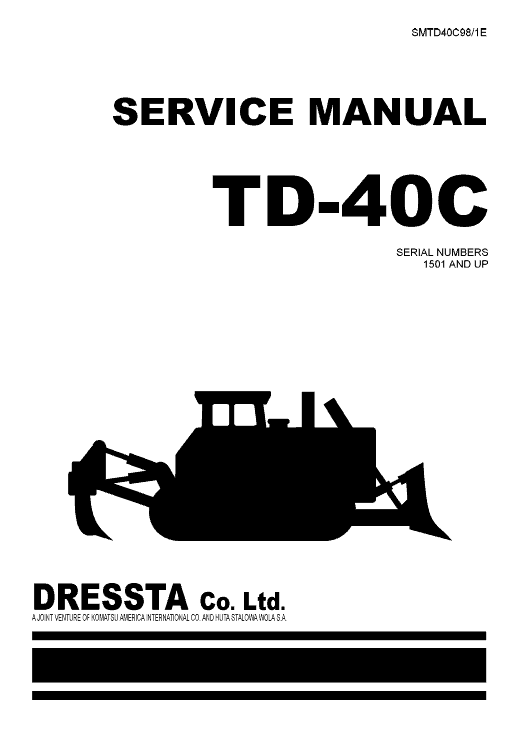
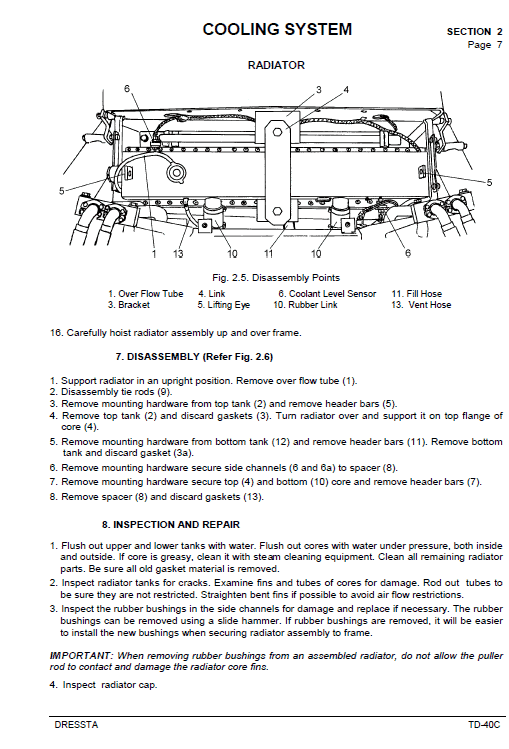
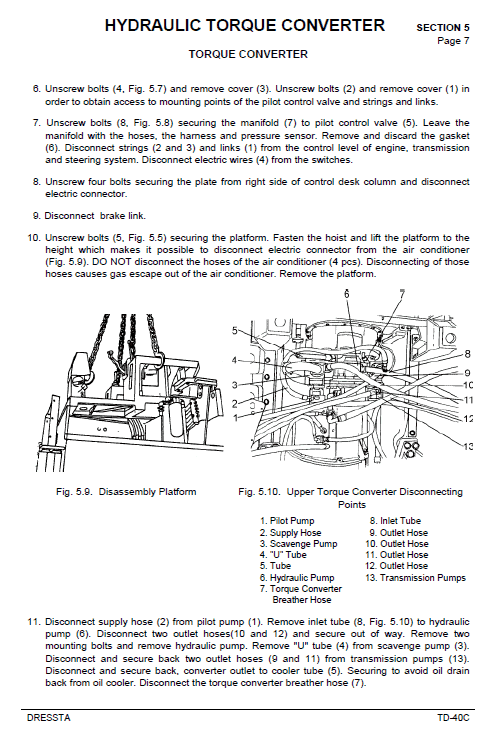
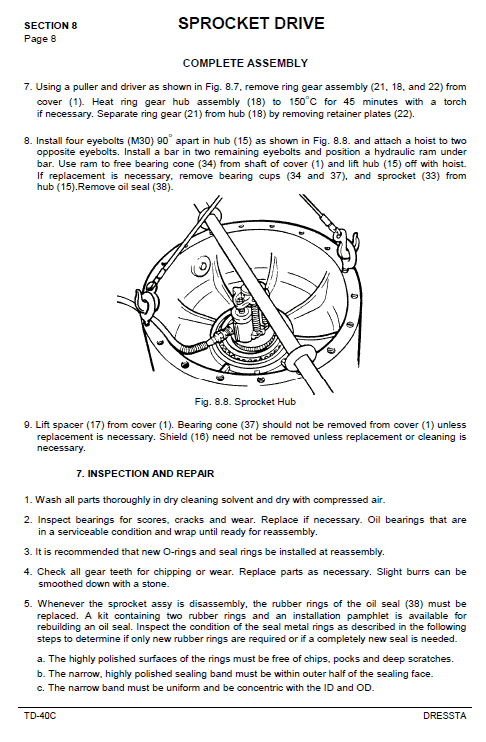
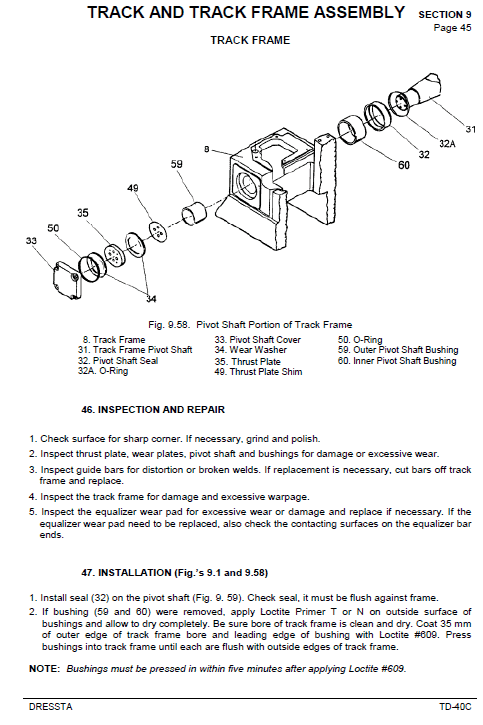
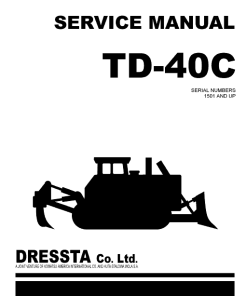
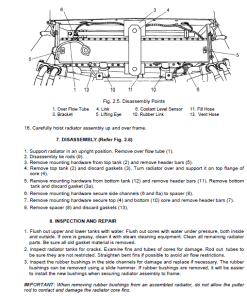
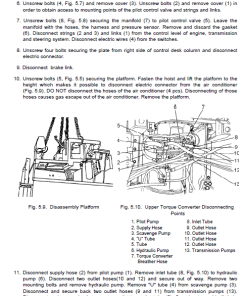
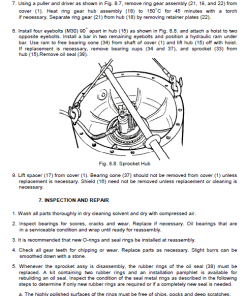
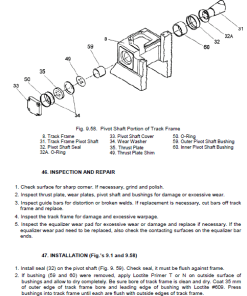
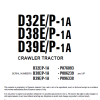
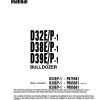
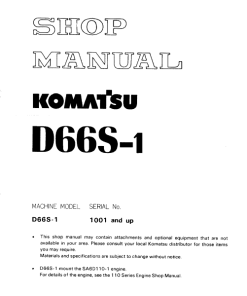
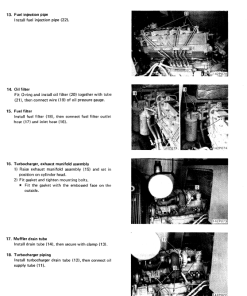
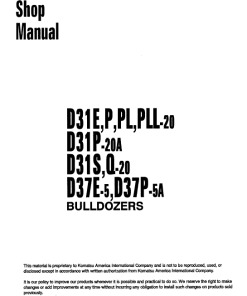
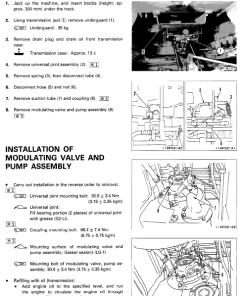
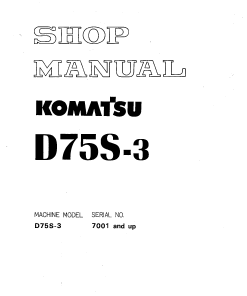
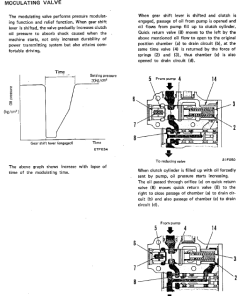
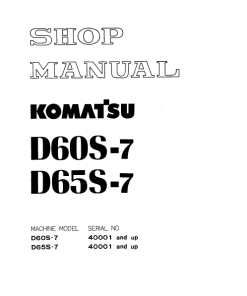
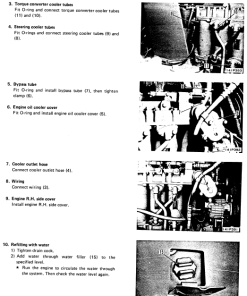
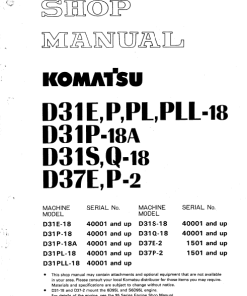
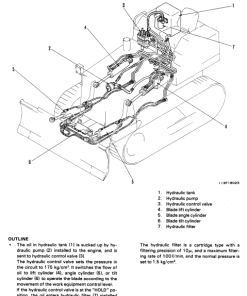
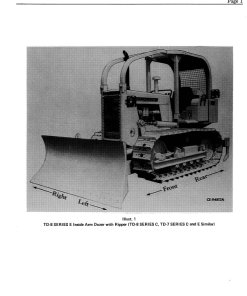
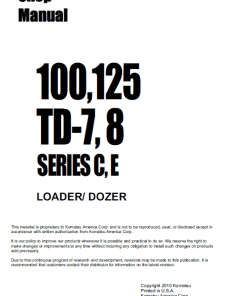

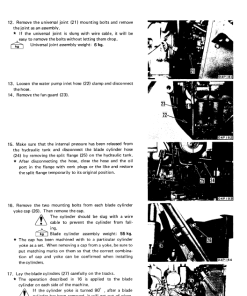
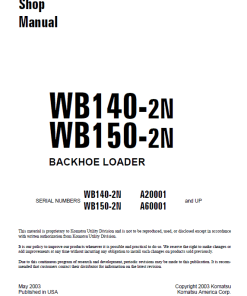
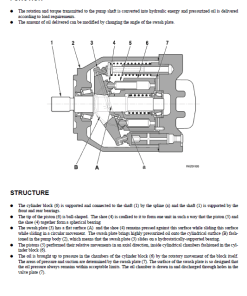
Reviews
There are no reviews yet.